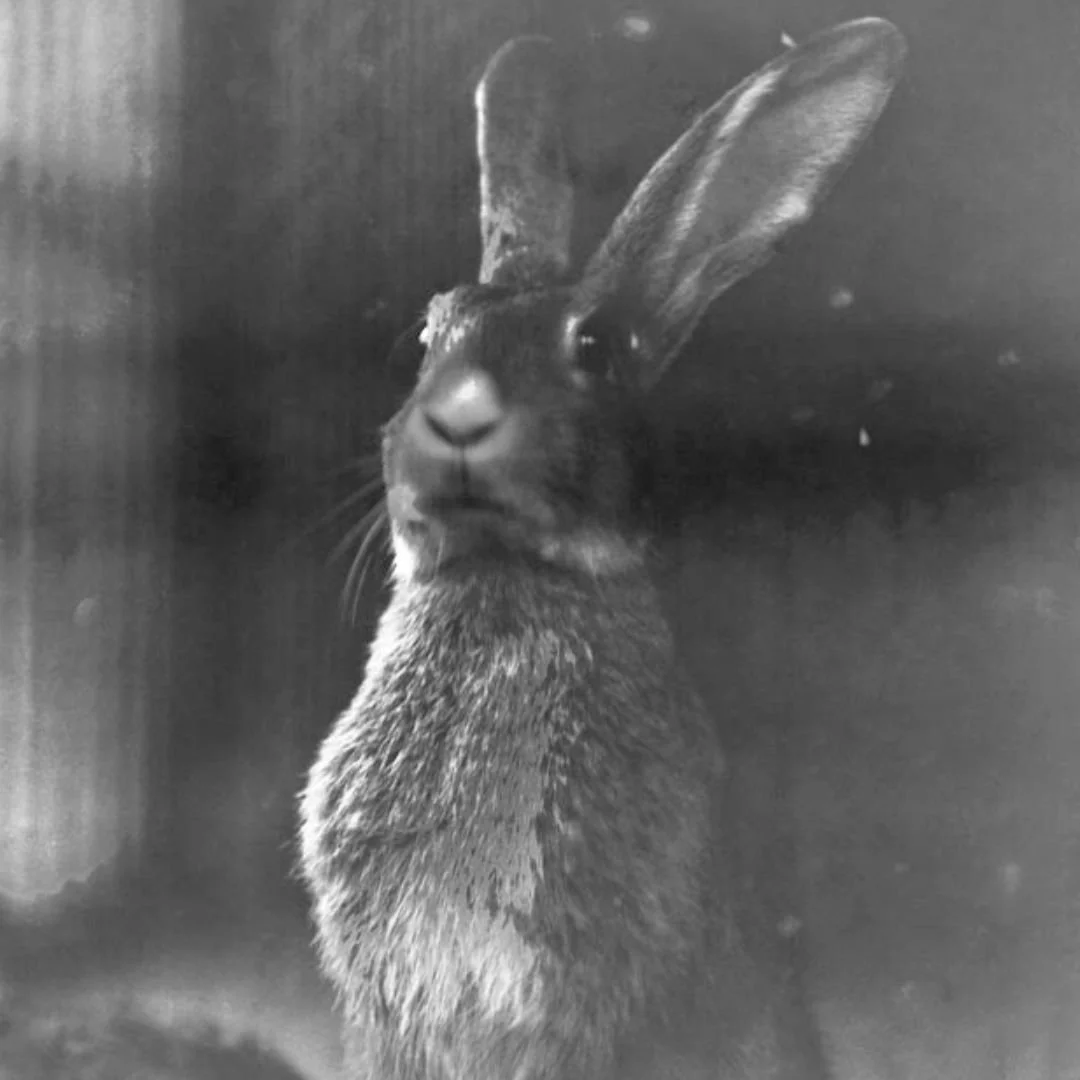Ditsworthy Warren House: Once The largest Rabbit Warren In England
This isolated 18th century house on Dartmoor was the home of the keeper of England’s largest rabbit warren - once home to around 15,000 to 20,000 rabbits.
It’s called Ditsworthy Warren House, and it’s Grade 2 listed for its historic importance. Established around 1676, the warren supplied rabbit meat and fur.
The role involved breeding and caring for rabbits, maintaining the burrows where they lived, preventing poaching, and protecting the stock from predators.
This was a skilled and valuable position on the moor, as rabbit farming contributed to the local economy before modern agriculture and tourism took over.
The surviving dog kennel
Before we talk about its history, we thought it’s worth mentioning that this famously featured in the 2010 Stephen Spielberg movie War Horse.
Dartmoor’s iconic moorland and remote farms gave the movie a sense of authenticity and emotional atmosphere that reflected the harsh yet beautiful life of the main character, Albert, and his horse, Joey, before the First World War.
The Warren House area was used to represent parts of the Devon countryside where Albert lives and works with his family.
The story of the Warren House begins not with the stone structure itself, but with the establishment of the warren it served.
Rabbit farming on a commercial scale, known as a warren or cunigulus, was a common agricultural pursuit in England from the Norman conquest onwards.
Rabbits were a valuable resource, providing meat and fur.
The meat provided a staple source of protein, especially for the lower classes, while the fur was used extensively in the hat-making and garment industries.
The Dartmoor rabbit warren was a highly profitable commercial venture throughout the 17th and 18th centuries.
The single biggest factor in their profitability was that warrens allowed landowners to generate a significant income from marginal land.
Dartmoor's high, exposed moorland and its dry, acidic soil were generally poor for arable farming (growing crops) and even low-grade for raising sheep or cattle compared to the valleys.
Rabbits, however, thrived in this environment, and interestingly, the Dartmoor warren, recognised as one of the largest in England, likely boasted an annual cull of between 15,000 to 20,000 of them.
By establishing a warren, a landlord could convert unproductive land into a steady source of two valuable commodities (meat and fur) with relatively low capital investment and low labor costs.
This made the return on investment (ROI) excellent for the moorland setting. The value of the rabbit was significant, even as its price declined over the centuries.
The Warren House on Dartmoor was purely practical dwelling - its isolation speaks volumes about the nature of the warrener's job.
The keeper and his family lived a solitary existence, their daily lives entirely dictated by the maintenance, protection, and harvesting of the rabbit stock.
The most crucial task was protecting the warren from predators, primarily foxes, stoats, weasels, and buzzards.
The warrener would patrol the area, setting traps and using specially trained dogs.
Given the value of the stock, poaching was also a constant threat - the warrener had to be vigilant against human intruders, leading to many historically recorded skirmishes.
The Warren House, therefore, acted as a secure and defensible base in the heart of the operation, often equipped with strong doors and shutters for protection.
The architecture of the 18th century Warren House reflects its dual purpose as both home and headquarters.
It is typically a simple, sturdy structure built from local Dartmoor stone, designed to withstand the harsh, exposed climate.
Key architectural features often included its thick stone walls, which provided insulation against the biting moorland winds and cold.
Its small windows, meanwhile, minimised heat loss and offering a degree of security.
The house would have been self-sufficient, relying on a nearby spring or well for water, with all supplies having to be hauled over the rough terrain from the nearest village, making its occupants truly dependent on the land and their unique industry.
The commercial success of the Dartmoor warren lasted for over a century.
However, the industry began a slow decline in the 19th century due to several factors.
As farming methods improved and other meats (like beef and mutton) became more affordable, the demand for rabbit meat lessened.
Outbreaks of diseases like myxomatosis, which could wipe out entire populations, also made the enterprise too risky.
Furthermore, increased legal protection for wild game and changes in land use laws made large-scale commercial warrening less viable.
By the late 19th or early 20th century, the great rabbit warren on Dartmoor ceased to operate commercially, and the warrener's unique occupation faded into history.
Today, the Warren House is a remarkable, if humble, monument to the ingenuity of early English industry and the harsh, isolated lives of the people who shaped the moor.
While its inhabitants are long gone, the stone walls and the surrounding, slightly mounded terrain remain.ly, industrial hub cantered on the humble rabbit.
Interestingly, the nearby ‘Warren House Inn,’ which still stands on the moor today, takes its name from the original rabbit warren nearby.
Famously, this historic building also featured in the 2010 Stephen Spielberg movie War Horse.
If you enjoyed this blog post, please follow Exploring GB on Facebook for more!
Don’t forget to check out our latest blog post below!


















